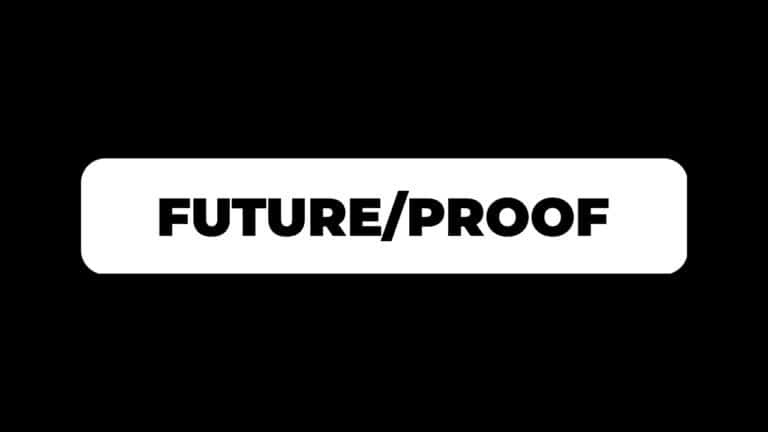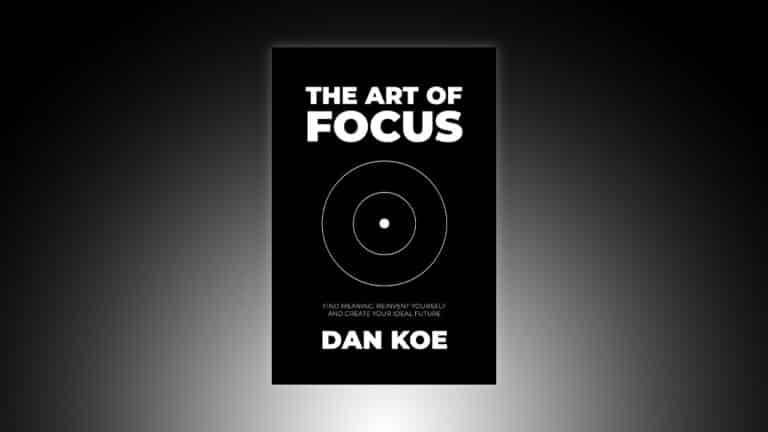When I first started out in online business, I was lost. I suffered from all of the problems that I see others suffering from.
Indecisive about their niche, skillset, offer, lead generation mechanism, and the rest. I was stuck in a loop of reaching out to local businesses, making OK money, but knowing that I was not building leverage in any form.
Over the years, everything eventually clicked — as they will for you — but I wish I had done this sooner.
The C2C Business Model
We’ve all heard of the B2B and B2C models. For those unaware, B2B is “business to business.” Think an agency that sells marketing services to local businesses. B2C is “business to consumer.” Like an eCommerce store selling coffee to an individual.
As social media has — and will continue to — grow and be the lifeblood of digital commerce, the want for human connection will grow alongside it. MOST businesses understand the importance of building their “online presence.” You can buy anything you would ever need online. Groceries, necessities, furniture, anything.
This is already developing at high speed, but I predict that things will continue to move into the hands of the individual, the creator. Amazon will always have a leg up, but smaller brands will continue to thrive in the personalization department (and they can always sell on Amazon if they’d like.)
“There are 7 billion people on Earth. Someday, I hope in the future there are 7 billion businesses.” — Naval (?)
In comes the C2C business model. Creator to creator. Personal brand to personal brand. Individual to “boutique” shop. I was only exposed to this when I started building an audience. Now, everything I do revolved around working with individual creators that can solve my problems.
The common misconception here is that creators only sell courses, coaching, freelance services, or other kinds of digital products and services. This couldn’t be further from the truth. There are people that sell homemade cutting boards, herbal supplements, bodybuilding supplements, beef liver jerky, and quite literally anything you could find on Amazon. They can sell their offers through their audience, email list, other digital assets, and any other free / paid traffic mechanism (Amazon, Google ads, Facebook ads, influencer and blog marketing, etc).
In short, the C2C business model is just like any other model – but with infinite scale, no need for a large team or employees, and allows you to be in full control of your time. Like renaissance times — trading your goods with the people of the city — but with the added power of the internet. The ability to reach anybody.
Why You Should Join The Creator Economy
It is growing like wildfire. People are starting to realize that personal brands have more influence than any other kind of lead generation mechanism. That’s what a personal brand is. A lead generation mechanism for your products or services. The cool thing is, all you do is talk about your interests, what you are learning, and your expertise. People want to work with you because they connect with you on a human level.
In terms of what you can sell, it can be anything. If you are a beginner and want “quick” cash, start a freelance or coaching business. Creators of all forms need web design, email marketing, sales closers, performance coaching, masculinity coaching, SaaS development, quality physical products, and anything else that you could sell to a normal business. The upside? They are 10x more accessible than other businesses. Want to get in contact with them? Send them a DM. That simple.
(P.S. you can learn all of these skills, how to build a personal brand, exactly how to make your first $3K, $5K, and first 6 figures inside Modern Mastery HQ. Proven strategies and systems. If you don’t stick it out and make money — I will refund you every penny you paid me.)
The most profitable eCommerce brands are the ones that are personalized. They sell a product or service that fits a specific individual’s interests and needs. They even market through personal brands and influencers with those interests. By understanding how to start and grow a personal brand, you bring that personal touch with you. You eliminate whatever saturation and competition existed in that space because nobody can replicate your personality.
How To Join The Creator Economy Through Self-Improvement
If people simply pursued their interests, solved their own life and business problems, systemized the solutions, and sold them to individuals that decided to solve different problems in their lives, you make money and have zero competition.
Becoming a creator is a highly spiritual experience. Self-reflection and self-awareness teach you about human nature, persuasion, emotional triggers, and everything else that helps you capture and convert attention. You must learn to let your intuition lead in this space. Your authentic self must shine through by detaching from your faulty perceptions and identifications. Once that is done, life and business become a natural strength.
The service business and online education routes have the lowest risk and lowest barrier of entry.
Here are the steps I would take to monetize any skill or interest as a creator, coach, freelancer, or digital product creator.
Study your interests
— DAN KOE (@thedankoe) January 11, 2022
Start a service business
Grow an audience
Work for free
Develop your process
Increase prices
Repeat 5-6
Productize your process
This takes 2 years for potential $50K+ months & 3 hour workdays
College takes 4 years for potential $10K months & 9 hour workdays
1) Study a skill or interest that somebody is already monetizing (and aligns with you).
Fact of the matter is, you can monetize anything nowadays. Even better, if somebody is already making money from it, you can make money too. Remember: a solid personal brand eliminates competition. There is already money flowing in a “saturated” space. Don’t try to make money where money isn’t flowing.
If you follow a lot of fitness people, understand it well, and have gotten yourself results — that is a good route to take. Same goes for anyone you follow on social media. Chances are you are learning from them, understand the topic well, and could help someone else get decent results.
2) Start creating content and understanding your social platform of choice.
I’m biased towards Twitter (clearly). One, because it’s a writing platform. You don’t need to learn how to design or record graphics or videos. Two, the retweet button exposes you to an entire audience, you can grow much quicker than on other platform (like the strategies that JK Molina teaches to get your first 2000 quality followers in record time inside MMHQ)
Learning how to grow and refine your thoughts through writing is rewarding in itself. When it comes time to monetize, it gets even better.
3) Connect with other people and help them.
All online business owners will agree when I say that money is made in the DMs (especially when starting out). This is a key for growing your audience AND closing deals.
When you are just starting, you have to talk with others and help them solve their problems for free. Give them tips on what you have expertise in, get on a call with them, understand their life or business, and help.
I will be talking about this more on Tuesday’s podcast episode, “College or Business?” where I go in-depth on all of these steps.
4) Start charging.
After you’ve helped people and gained that next notch of experiential results under your belt – start charging $1000 minimum. You can watch this YouTube video I posted a bit back to learn the process.
5) Increase prices and productize.
Now that you’ve substantially increased your prices, are landing 3-4 $5,000 clients per month, you can productize. That is, you can turn your system that get’s results into a digital product that you can sell through the audience that you’ve been building this entire time.
Don’t worry about this step until you’ve gotten to this point. $10K/month via high ticket and 10,000 followers. If done correctly, it can take 6-12 months to get here. Maybe longer. Maybe shorter if you execute perfectly, but you are human.
That is all I have for this letter.
I have way too many topics to write on, but I am excited to send them out to you each Friday.
Thank you for reading – and thank you for being a supporter of this newsletter. Have an incredible weekend, my friend.
Dan Koe



